
At last, the long-awaited “Schumacher Cut” of the movie Batman Forever is set to be unveiled, potentially redefining the DC film franchise’s historical narrative. For years, whispers and speculation have surrounded this elusive edit, but on May 29, it will officially screen in Los Angeles. This alternate version offers a grittier, more psychologically nuanced portrayal of Val Kilmer’s single performance as the Caped Crusader. Nearly three decades after its initial cinema release, director Joel Schumacher’s intended vision for the film may finally receive recognition.
1995 saw the arrival of Batman Forever, a significant departure from Tim Burton’s dark, gothic approach to Gotham, as it adopted a more vibrant, flamboyant style. Joel Schumacher took over directing duties, with Val Kilmer donning the Batsuit following Michael Keaton’s tenure. Despite its box office success, the film’s campy feel and style change sparked mixed reactions among fans. Hidden beneath the glossy surface was a hint of a more serious movie – one that Warner Bros. had adjusted to cater to a younger audience. This toned-down version, often referred to as the Schumacher Cut, is now being uncovered and screened by Cinefile Video.
The History Of Batman Forever’s Schumacher Cut
Joel Schumacher’s Original Cut Was Much Longer
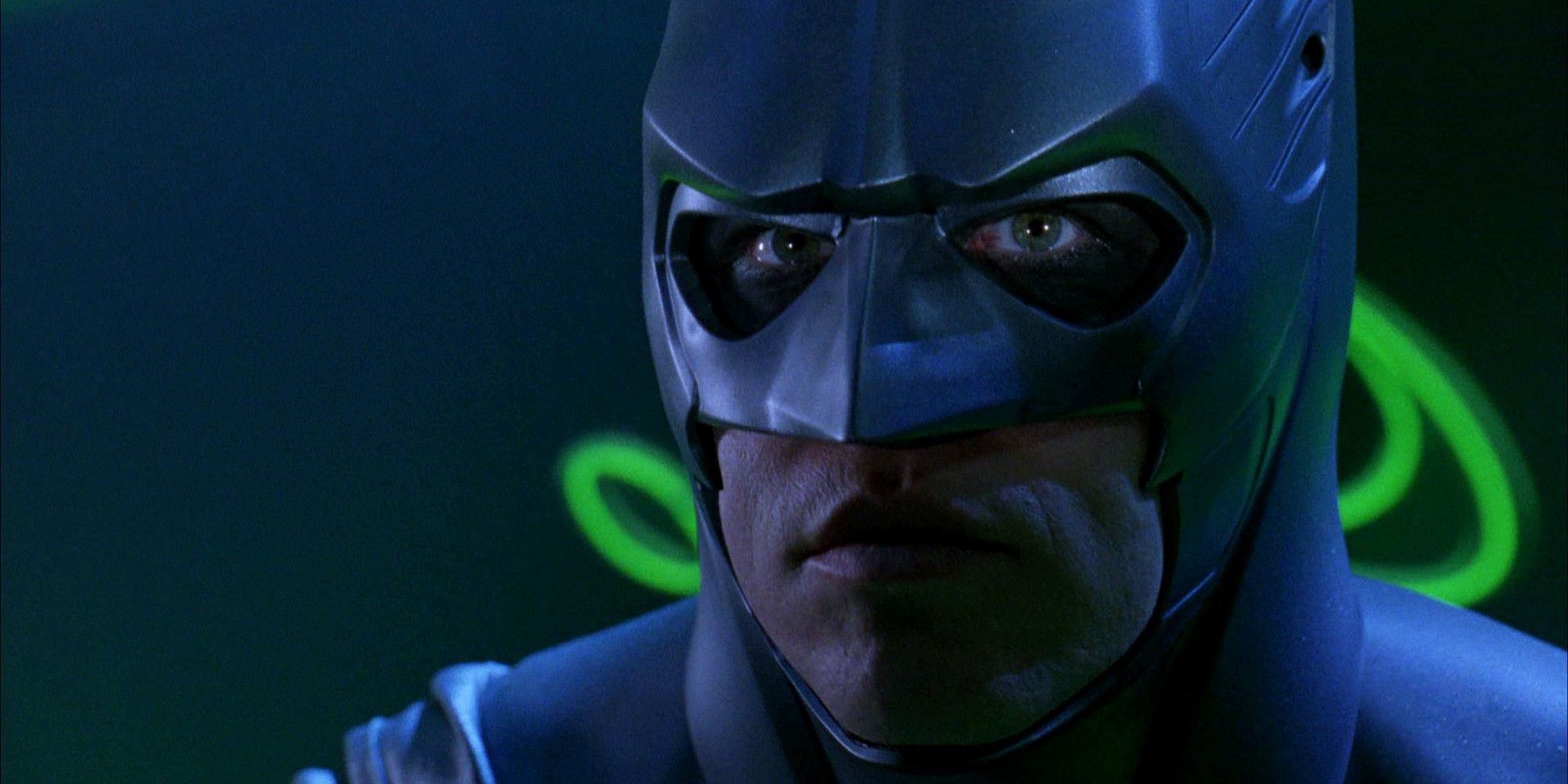
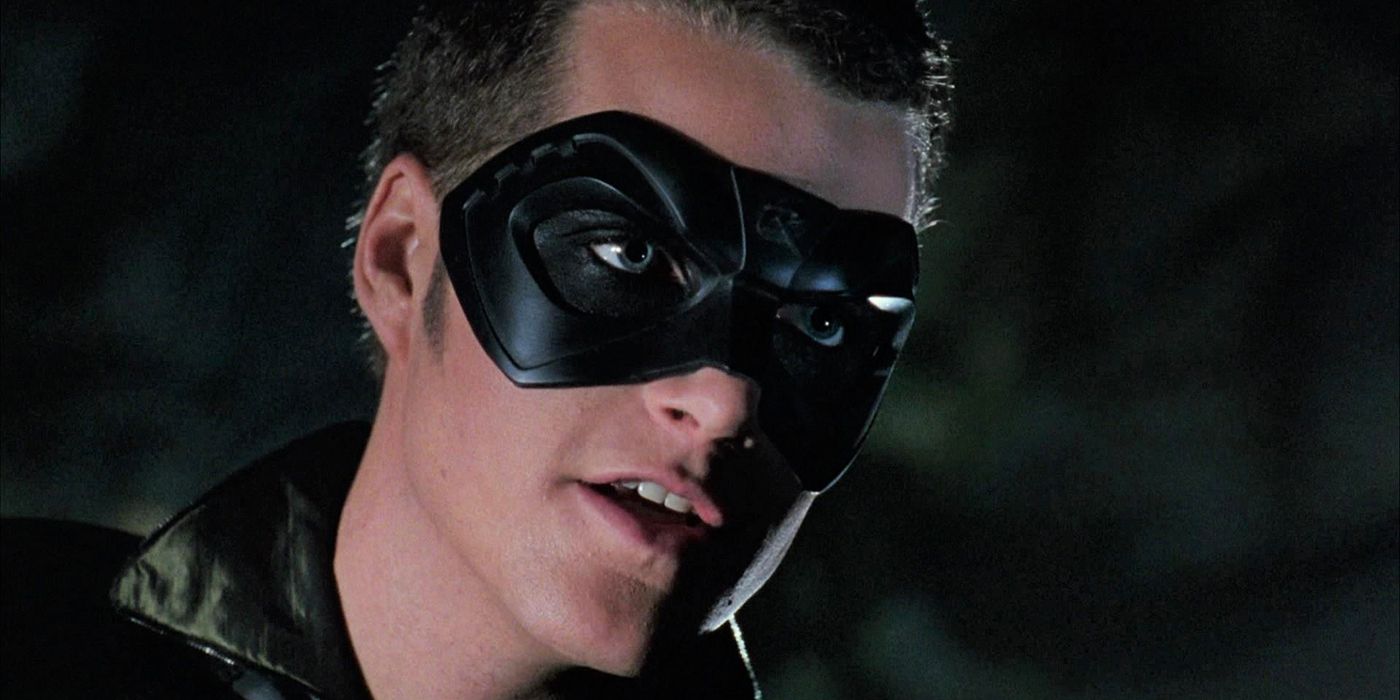
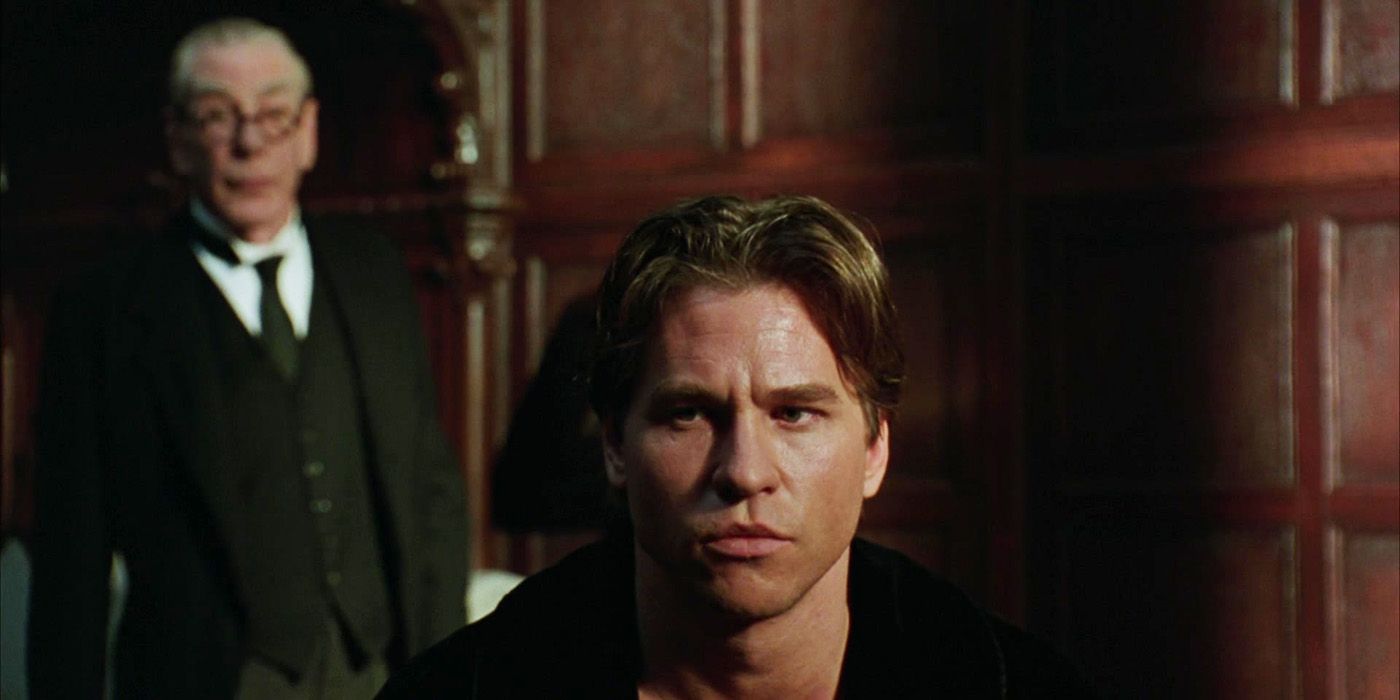
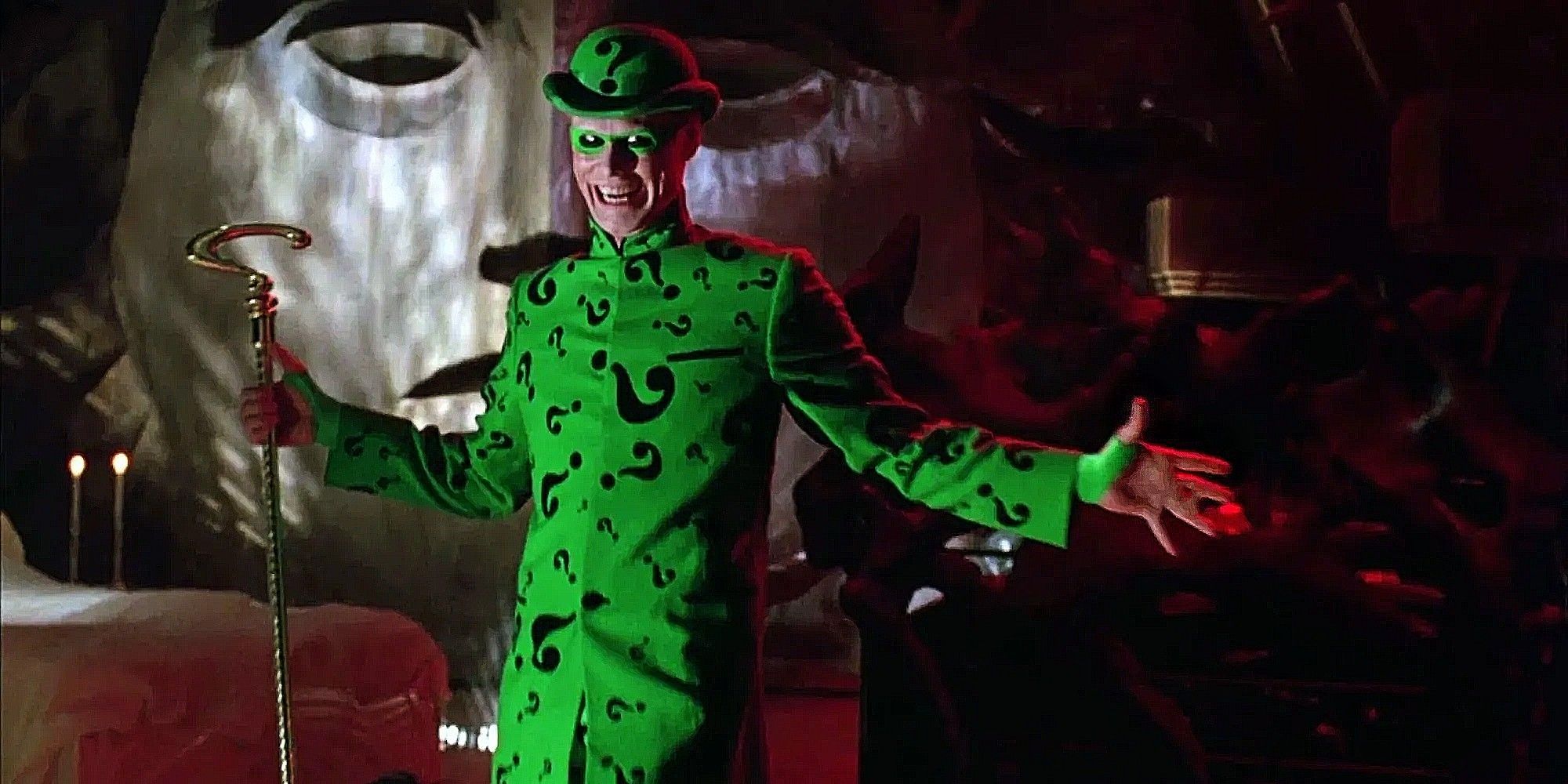
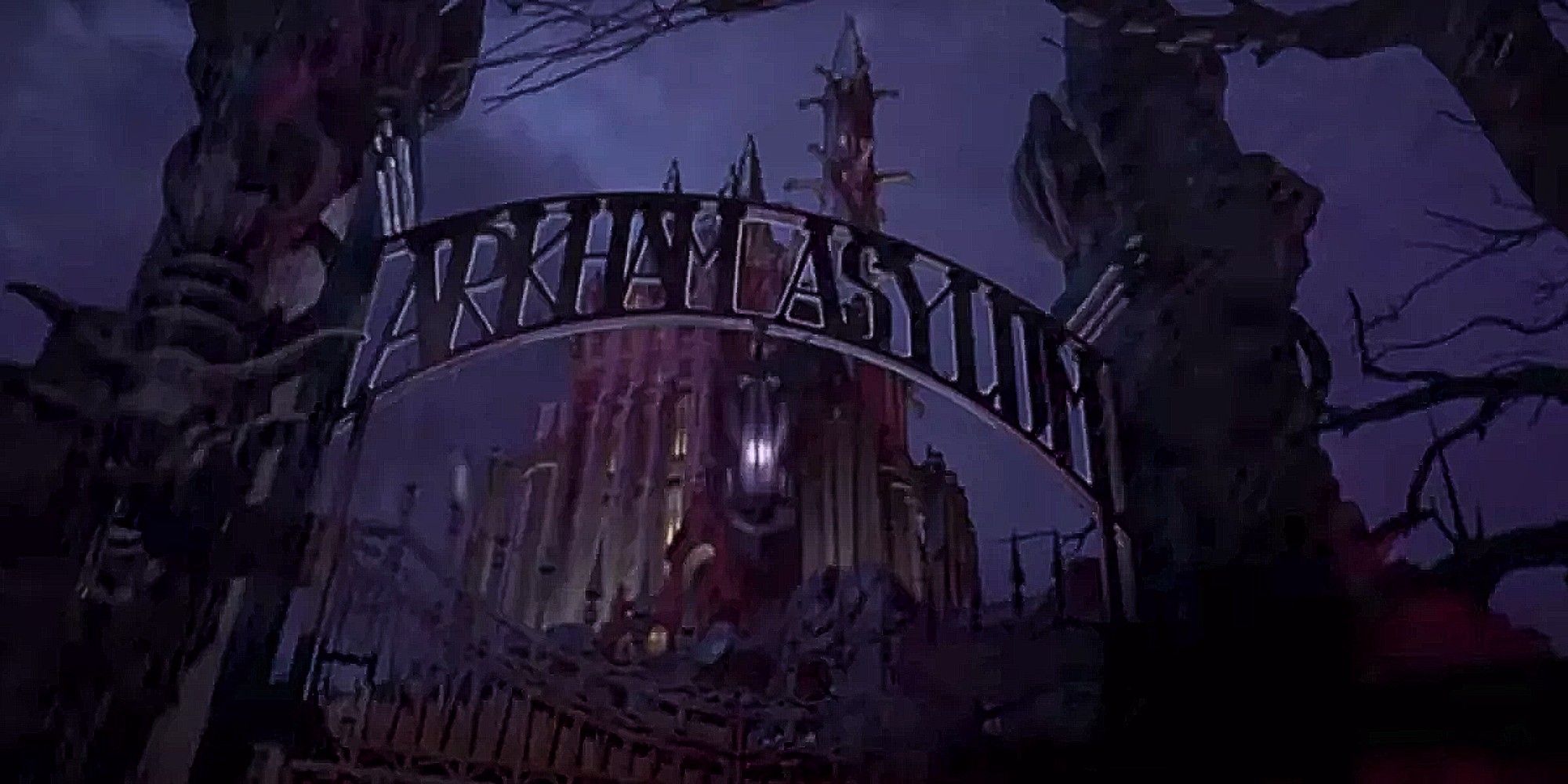
The roots of the Schumacher Cut can be traced back to the film’s post-production in 1995. Originally, director Joel Schumacher submitted a 160-minute version of Batman Forever to Warner Bros., which delved deeply into Bruce Wayne’s internal struggles and offered a more integrated portrayal of Gotham’s criminal mindset. However, due to worries about the darker tone following the controversial reception of Batman Returns, the studio insisted on major changes. Approximately 38 minutes of footage were taken out to make the movie more suitable for family viewing, reducing psychological elements and simplifying the storyline.
Over time, fans have been advocating for the unveiling of Schumacher’s original concept, with renewed interest after director’s versions like “Zack Snyder’s Justice League” gained popularity. The clamor intensified following Schumacher’s demise in 2020, as requests to uphold the filmmaker’s storyline grew louder. Warner Bros. eventually acknowledged the existence of an extended version in their vaults. Now, with the scheduled screening on May 29 in Los Angeles, the Schumacher Cut will be exposed for the first time, providing a long-awaited different perspective on Batman’s dark world.
How Batman Forever’s Schumacher Cut Differs From The Theatrical Cut
The Schumacher Cut Both Adds And Removes From The Theatrical Cut
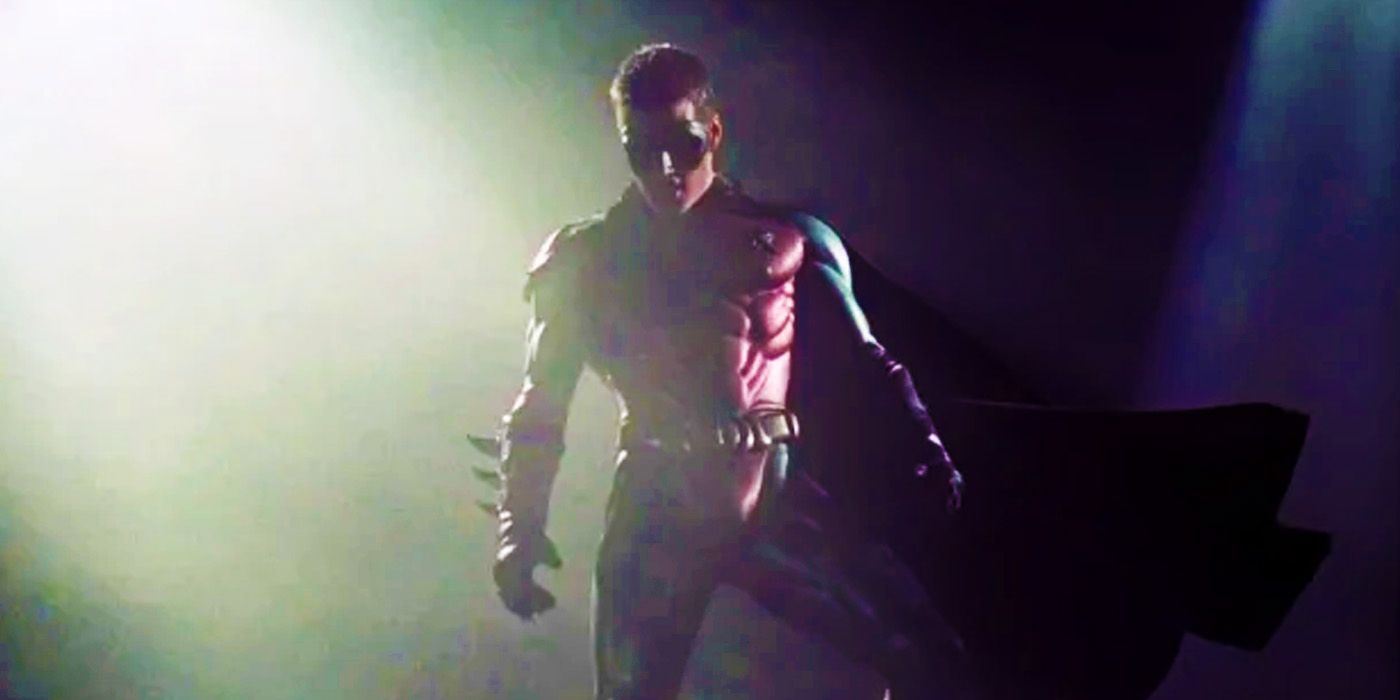
As a passionate cinephile, I’ve had the privilege of peeking behind the curtains at an early glimpse of the Schumacher Cut of Batman Forever. The legendary filmmaker Kevin Smith confirmed some intriguing alterations in this version. The story now opens with a gripping prologue centered around Harvey Dent, better known as Two-Face. Unlike the initial bank robbery scene from the original release, this cut starts with Two-Face’s daring escape from Arkham Asylum. This change establishes a grittier, more intense atmosphere right off the bat, significantly boosting the impact of the character from the get-go.
Switching to first person now: I find myself glued to the television screen, watching the unfolding incident on the news. This particular scene sheds light on the origins of Two-Face, seamlessly connecting the storylines from ‘Batman Forever’ and ‘Batman Returns’. A news anchor even remarks on the sudden increase of peculiar criminals gracing Gotham, subtly acknowledging the turmoil left behind by Batman after our past encounters. The tone of the movie seems to have shifted as well.
In my opinion, transitioning from Tim Burton’s Batman films to Joel Schumacher’s entry represents a substantial change in tone and narrative flow. Instead of being thrown into the lab abruptly as we saw in the original release, this version introduces us to Bruce Wayne within Wayne Enterprises, casually strolling the corridors before receiving a message from Edward Nygma – a more realistic setup that grounds the story. Subsequently, Bruce embarks on stopping Two-Face’s bank robbery, which leads to an extended action sequence. The dialogue of Two-Face is expanded, and there’s more tension leading up to our confrontation, making it evident that he, not the Riddler, serves as the main antagonist for the film’s initial half.
In this movie, the narrative unfolds with numerous prolonged sequences, primarily delving into Bruce Wayne’s inner thoughts and emotions. A notable extension is a segment that takes place after the villains assault Wayne Manor. During this time, Bruce, who has sustained a concussion, momentarily loses awareness of his identity as Batman. This plot thread adds depth to Bruce’s emotional journey and features an allegorical meeting with a colossal bat in the Batcave – a chilling depiction of his past traumas that resurface later in the film’s final version. This sequence also provides closure for Bruce regarding his long-standing guilt over his parents’ murder, as it is revealed he was not responsible for their attendance at the movie theater that fateful night.
This scene carries great significance as it helps Batman understand and redefine his mission more deeply, allowing him to regain a clear sense of his identity as Batman. The Schumacher Cut provides Chase Meridian (played by Nicole Kidman) with additional scenes that are significant to her character, enriching the interaction between her and Bruce. In this version, their relationship transcends flirtation; it delves into an exploration of Bruce’s dual identity, his struggle to harmonize the man and the mask. The emotional depth added in these areas was either reduced or simplified in the theatrical release, which focused more on visual spectacle rather than introspection.
Significant alterations take place during the movie’s dramatic finale. In a pivotal moment, The Riddler (Jim Carrey) compels Batman to make a difficult choice between saving Chase or Robin. The Schumacher Cut introduces a subtle yet powerful visual modification: the floor beneath Batman is exposed as an illusion, emphasizing the statement about the entire setting being a deadly trap. This touch not only aligns with earlier dialogue but also intensifies the Riddler’s psychological manipulation.
Following Two-Face’s death, the theatrical version depicts his coin falling into his hand before it disappears. This scene is omitted in the Schumacher Cut. Furthermore, the ending involving the Riddler – who has been disfigured by his own gadget – is truncated. The dialogue between Batman is absent, and instead, the movie concludes abruptly with the Riddler’s mental collapse at Arkham Asylum, leaving a grimmer and more sorrowful tone.
In this updated version of “Batman Forever”, some over-the-top and humorous aspects have been reduced or eliminated. For instance, the well-known laundry scene featuring Dick Grayson’s martial arts display to dry his clothes is now absent. The film’s playful dialogue has been made less exaggerated or removed altogether, resulting in a more serious, contemplative atmosphere throughout the movie. Although it remains identifiable as “Batman Forever”, the Schumacher Cut is thematically closer to the Burton films and perhaps more accurately reflects Batman’s dark legend.
Why Batman Forever’s Schumacher Cut Is So Important
Batman Forever Holds A Strange Legacy In Batman’s Movie History
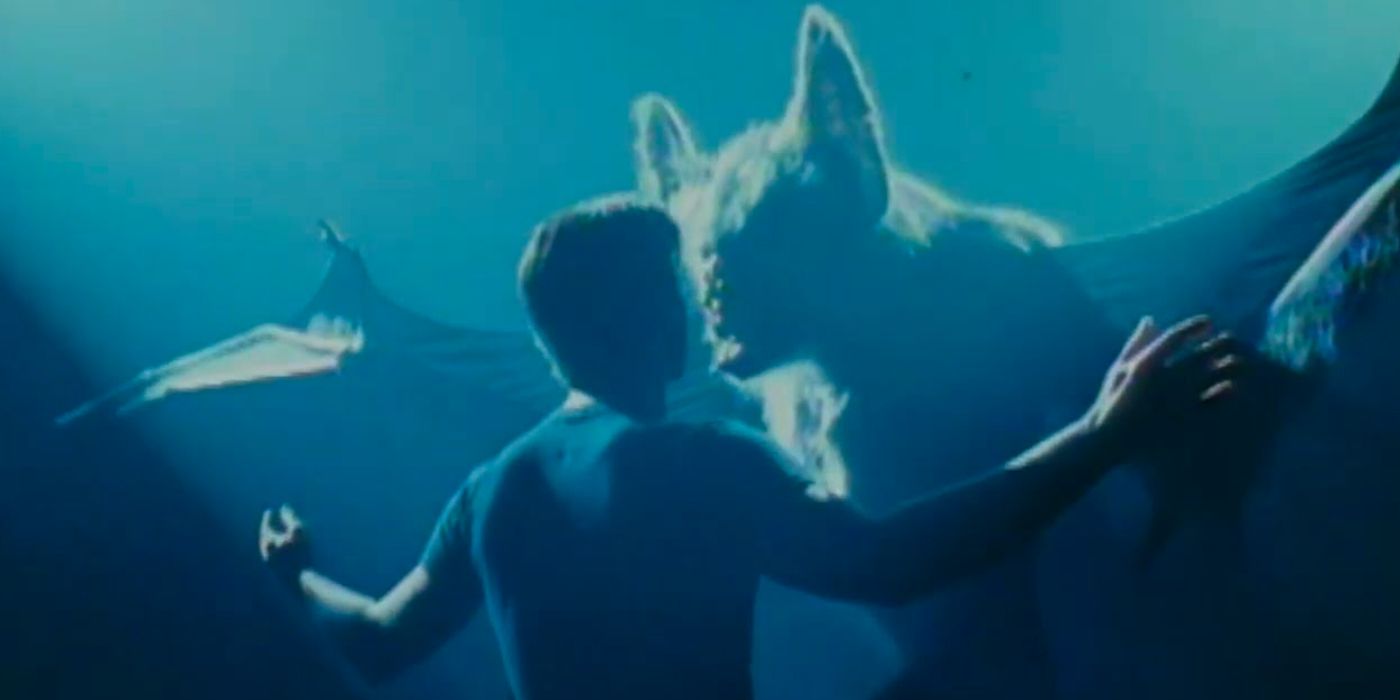
The unveiling of the Schumacher Cut signifies much more than a sentimental reevaluation; it offers an opportunity to reinstate the artistic authenticity of a filmmaker whose vision was once diluted. Often criticized for initiating the toy-centric phase of Batman films, Joel Schumacher has been undervalued. With this cut, viewers can now experience the original vision of Batman Forever as intended – a blend that bridges the chasm between Tim Burton’s gothic noir and a more psychologically complex, neon-soaked narrative. This has taken on renewed significance following Schumacher and Kilmer’s recent demise.
The Schumacher Cut offers a fresh perspective on “Batman Forever,” viewing it not as an anomaly, but as a pivotal step in the Batman narrative’s development. Looking back, Schumacher’s darker version of the film aligns more with the mood that characterized Christopher Nolan’s successful trilogy later on. As director’s cuts gain increasing acknowledgement, the Schumacher Cut of “Batman Forever” serves as a thoughtful reminder of the impact of artistic compromise and the power of art when it is eventually given the chance to express itself freely.
Read More
- Clash Royale Best Boss Bandit Champion decks
- Mobile Legends November 2025 Leaks: Upcoming new heroes, skins, events and more
- Stocks stay snoozy as Moody’s drops U.S. credit—guess we’re all just waiting for the crash
- Bentley Delivers Largest Fleet of Bespoke Flying Spurs to Galaxy Macau
- Brawl Stars: Did Sushi Just Get a Makeover? Players React to Event Ending
- Millionaire Chicken Heir Johnny Ingham and Wife Rey Welcome Their First Baby!
- Chaos Zero Nightmare Combatant Tier List
- Ethereum’s Golden Cross: $4,000 Rally? Hold Your Breath!
- Kingdom Come: Deliverance 2 Gets Trial Experience On PS Plus Premium
- ESPN Might Drop Doris Burke From NBA Broadcast Team Next Season
2025-05-14 22:30